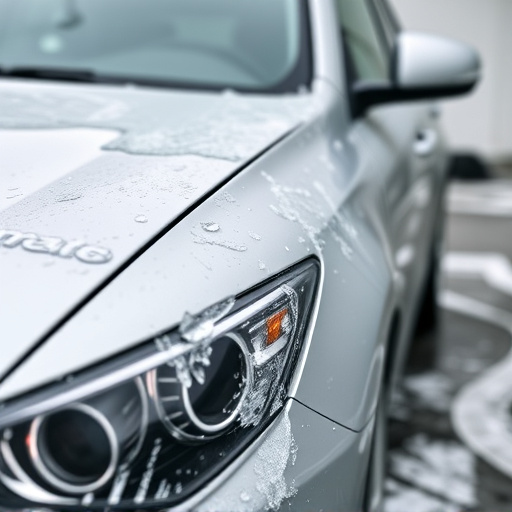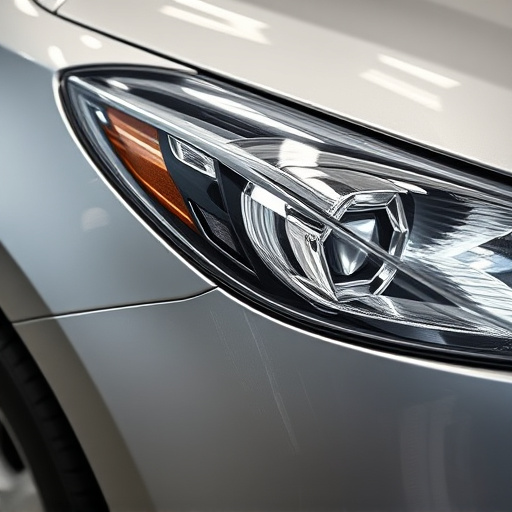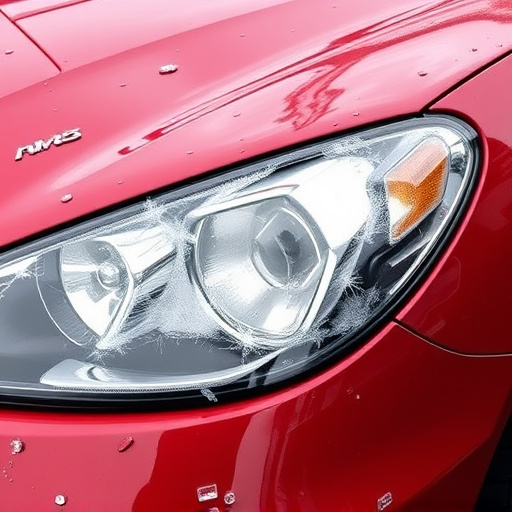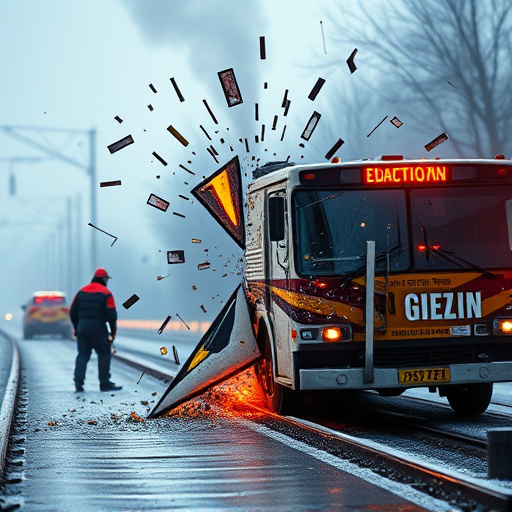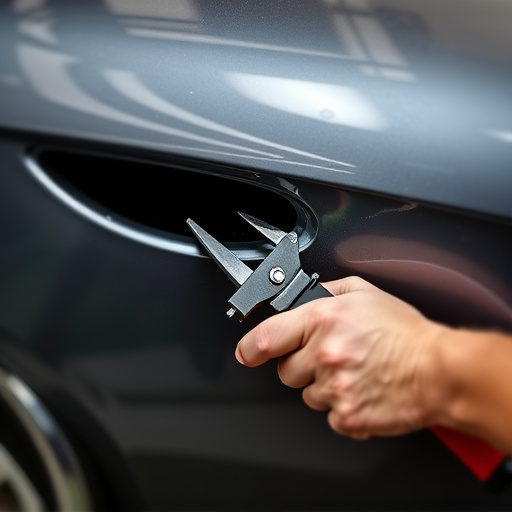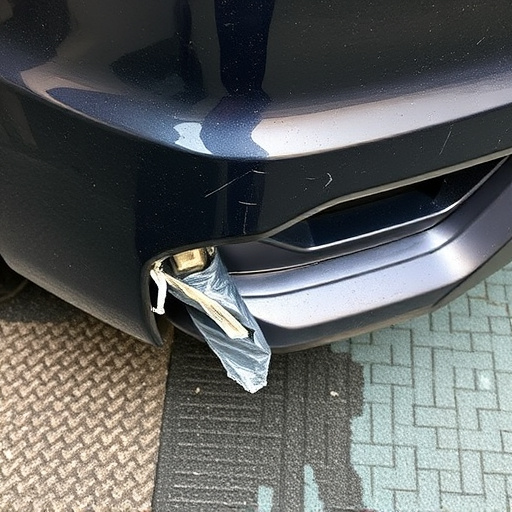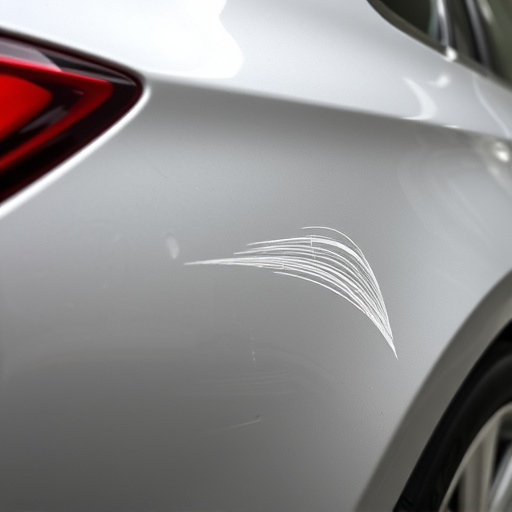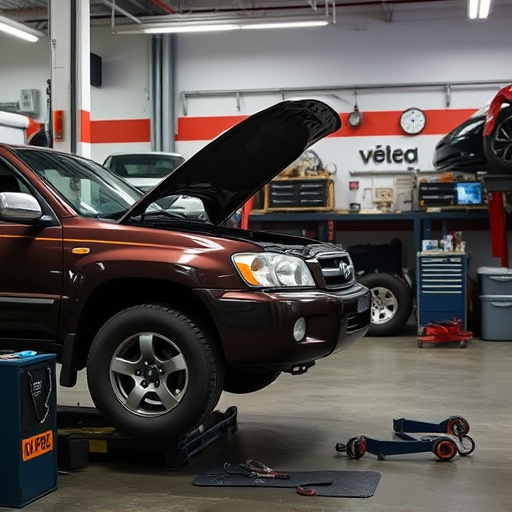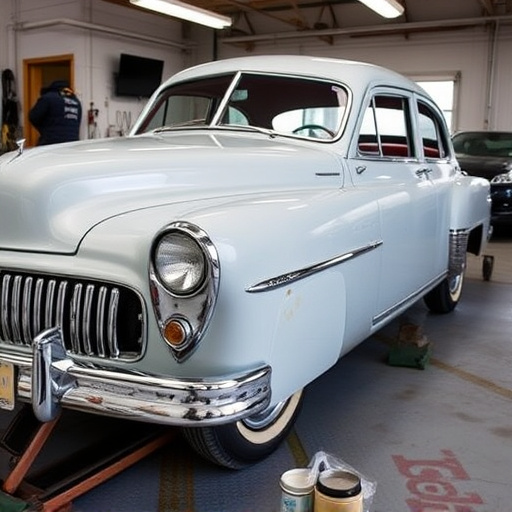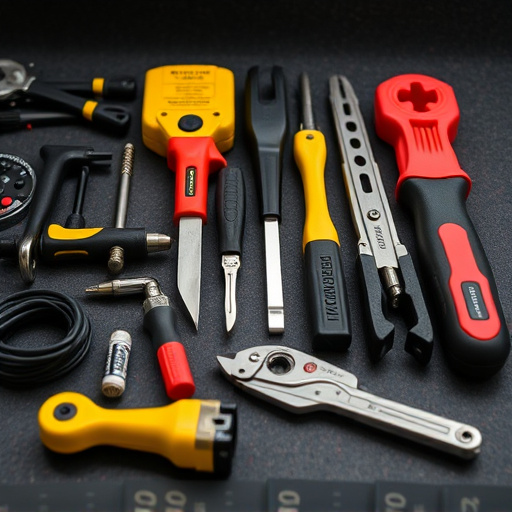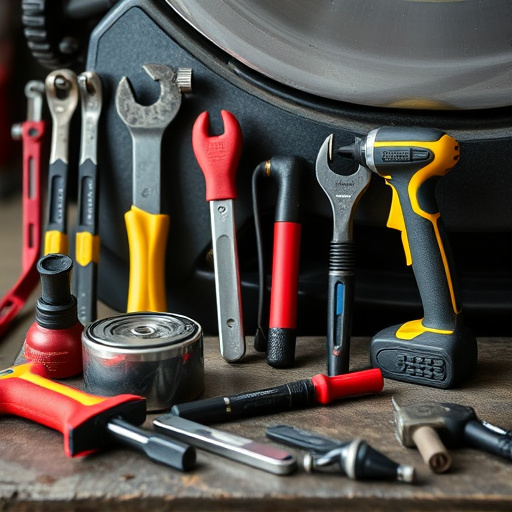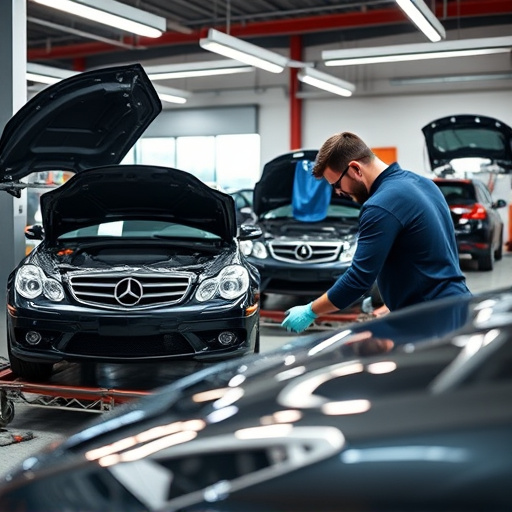Radiator collision repair begins with a detailed damage assessment, focusing on visual inspection, leak testing, and checking for corrosion or structural issues. Mechanics evaluate the radiator core, hoses, brackets, and mounting hardware, ensuring surrounding components are aligned correctly. The process involves replacing or repairing damaged parts, resealing leaks, realigning components, and using OEM parts for optimal performance and safety after a front-end collision. Skilled technicians at reputable auto collision centers streamline recovery time through swift assessment and effective installation, aiming to restore vehicles to pre-collision condition.
After a front-end collision, understanding the timeline for radiator repair is crucial. This guide breaks down the process, focusing on efficient recovery through prompt assessment and effective repair strategies. Learn how to identify common issues from initial inspection, navigate the steps involved in radiator collision repair, and optimize your vehicle’s return to the road. Discover tips for a swift and reliable restoration after such incidents, ensuring your safety and peace of mind.
- Assessing Damage: Initial Radiator Inspection After Collision
- Common Repair Steps for Front-End Collisions
- Optimizing Recovery Time: Efficient Radiator Replacement Process
Assessing Damage: Initial Radiator Inspection After Collision
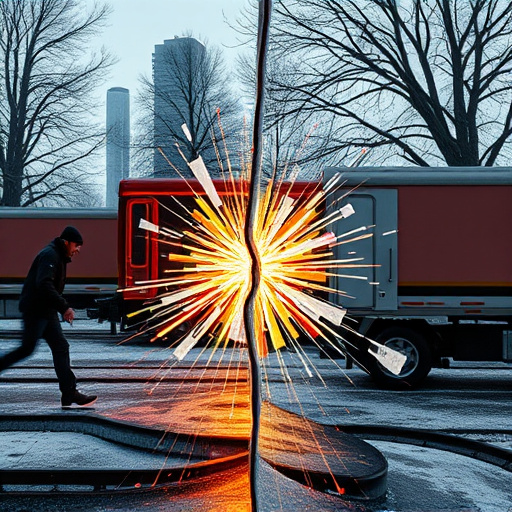
After a front-end collision, the first step in radiator collision repair is a thorough assessment of the damage. This initial inspection involves a visual examination and testing to determine if there are any leaks or other signs of compromise in the radiator’s integrity. Mechanics will look for dents, cracks, or breaks in the radiator core, as well as inspect the surrounding components like hoses, brackets, and mounting hardware for any damage or misalignment.
During this process, they might also check for corrosion, especially if the vehicle is older or has been previously repaired. Corrosion can weaken the structure of the radiator, making it more susceptible to failure. Additionally, assessing the condition of the automotive body work around the radiator is crucial as even minor scratches repair may be necessary to prevent further damage and ensure optimal performance after repairs are made.
Common Repair Steps for Front-End Collisions
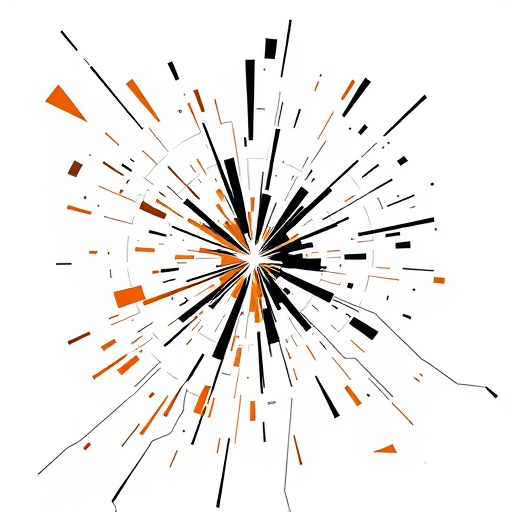
In the event of a front-end collision, efficient radiator collision repair is paramount to ensure both vehicle safety and optimal performance. The process typically involves several key steps designed to address potential damage to the radiator and its associated components. Initially, technicians will conduct a thorough inspection to assess the extent of the damage, which may include cracks or leaks in the radiator itself, as well as any harm to surrounding parts like hoses, brackets, and water pumps.
Depending on the severity, common repair steps encompass replacing damaged or faulty parts, resealing leak points, and rectifying misaligned components. In many cases, an auto collision center will also recommend an auto glass replacement if the incident has compromised the windshield or other windows. The goal is to restore the vehicle’s pre-collision condition, guaranteeing both reliable operation and safety on the road.
Optimizing Recovery Time: Efficient Radiator Replacement Process
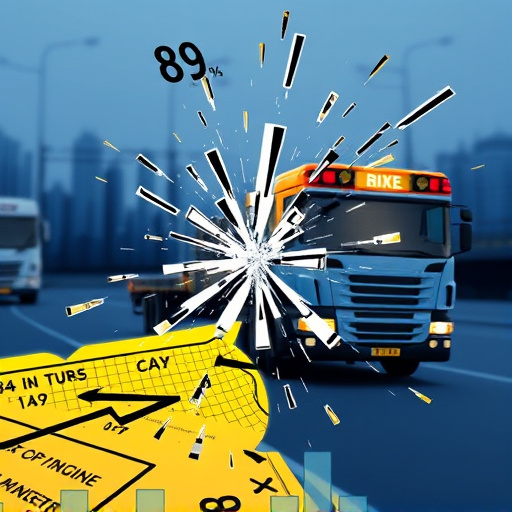
Optimizing recovery time is a key aspect of efficient radiator collision repair. When a vehicle experiences a front-end collision, it can cause significant damage to the radiator and surrounding components. Skilled technicians at a reputable auto collision center understand the importance of swift action. They employ specialized tools and techniques to quickly assess the extent of the damage, ensuring that the radiator replacement process is seamless and effective.
Efficient radiator replacement involves more than just swapping out the damaged part. It includes meticulous preparation, such as draining and flushing the cooling system, and careful installation to maintain optimal vehicle performance. Reputable vehicle repair services prioritize quality and safety, using genuine OEM parts and following manufacturer guidelines to guarantee a reliable and lasting fix. This streamlined approach not only reduces downtime but also enhances overall car restoration, ensuring your vehicle is safe and road-ready in no time.
After a front-end collision, efficient radiator collision repair is crucial for getting your vehicle back on the road safely and quickly. By understanding the common repair steps and optimizing the recovery timeline, you can ensure a swift return to smooth driving. Remember that assessing damage promptly and choosing a reputable mechanic with experience in radiator replacement can significantly impact your overall repair experience.
